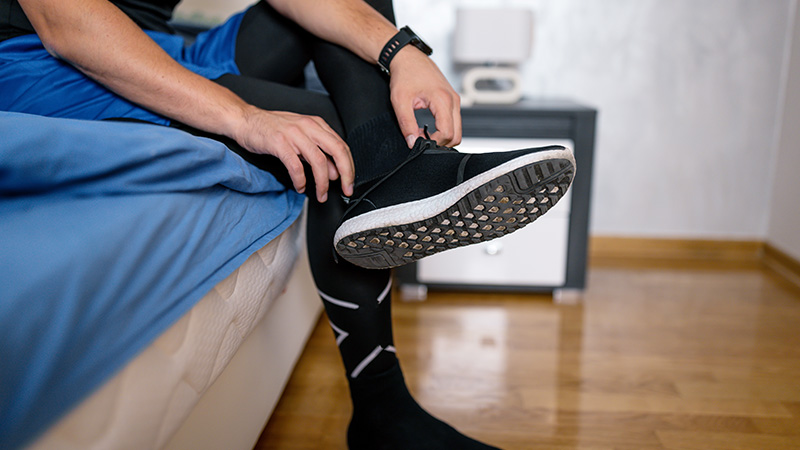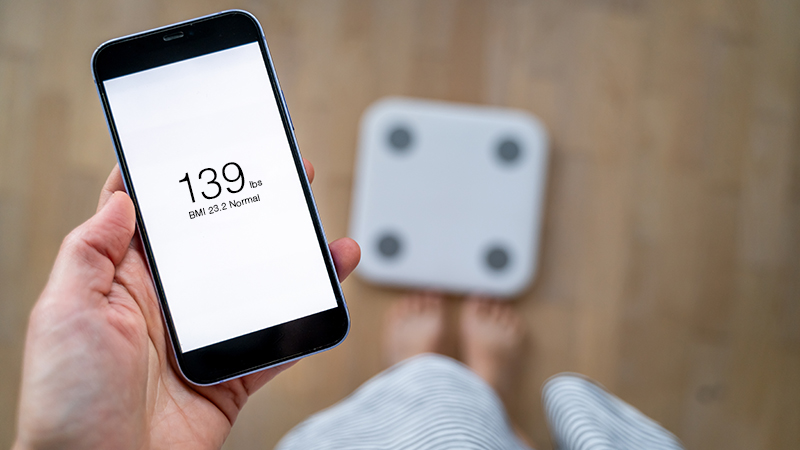You Don’t Have to Live With Urinary Incontinence
Urinary Incontinence Types and Treatments for Women
Urinary incontinence is a chronic condition characterized by the accidental leakage of urine. While it can happen to anyone, it's more common in older women and women who have had children.
"Urinary incontinence is very common and profoundly impacts quality of life, yet the condition is often underdiagnosed and undertreated in women," says Northwestern Medicine Urogynecology and Pelvic Reconstruction Surgeon Oluwateniola E. Brown, MD. "Many women do not share that they experience symptoms because of embarrassment and lack of knowledge or concerns about the treatment options."
I do not think anyone should have to live with untreated urinary incontinence.— Oluwateniola E. Brown, MD
In fact, only 25% of affected women seek care and less than half of this group receives treatment. Urinary incontinence can require the use of a pad, which can irritate the vulva. Older women with urinary incontinence are more likely to experience falls. Beyond these issues, urinary continence can be embarrassing and lead to women planning their lifestyle around the nearest bathroom.
Types of Urinary Incontinence
Stress incontinence and urgency incontinence are the two most common types of urinary incontinence in women.
Stress Incontinence
- You leak urine because of increased pressure in your abdomen from events like coughing, laughing, sneezing and exercising.
- The urethra, the tube that allows urine to pass out of the body, does not close properly.
- Stress incontinence can be caused by weakness in the pelvic floor from:
- Vaginal childbirth
- Obesity
- Conditions that increase the pressure in your abdomen, such as constipation
Urgency Incontinence
- You have the urge to urinate with very little warning and leak urine.
- In most people, this type of incontinence occurs spontaneously and is not related to any underlying medical condition.
- However, this type of incontinence occurs in some women with certain neurologic diseases such as multiple sclerosis or Parkinson's disease.
Overflow incontinence and functional incontinence are two other types of urinary incontinence that are less prevalent in women.
Overflow Incontinence
- Small amounts of urine leak from a bladder that is full.
- Overflow incontinence can be caused by:
- Diabetes
- Spinal cord injuries
Functional Incontinence
- Typically occurs in older adults who are able to control their bladders, but unable to make it to the toilet due to underlying issues, like arthritis, that impact their mobility.
Treatment Options
Treatment options are based on the type of urinary incontinence you have.
Noninvasive Treatments
- Behavior and lifestyle modifications, including:
- Managing constipation
- Avoiding excessive fluid intake
- Going to the bathroom at set times during the day to reduce urgency incontinence episodes
- Quitting smoking
- Losing weight: There is strong evidence that shows that women who achieved an 8% reduction in body weight experienced a meaningful reduction (20% to 70%) in their urinary incontinence.
- Pelvic floor physical therapy can treat both stress and urgency urinary incontinence.
- Pessary: a flexible device placed in the vagina to support the pelvic floor organs such as the bladder, vagina, uterus and rectum.
- Pessaries come in different sizes and your clinician can help you find one that works for you.
Medical and Surgical Treatments
For Stress Incontinence
- The mid-urethral sling procedure is the most common surgical option to treat stress incontinence.
- Involves a 30-minute outpatient procedure where a small piece of mesh is placed under the urethra through a small incision in the vagina. The procedure has excellent success rates and patient satisfaction, according to Dr. Brown.
- Urethral bulking injections
- Involves injecting a material like collagen into the walls of the urethra to make it harder for urine to leak out of it.
For Urgency Incontinence
- Medications that relax the bladder
- Botox to relax the bladder
- Injected into the bladder through a cystoscope, an instrument inserted into the urethra with a camera on it.
- Botox relieves symptoms for 6 to 12 months.
- Percutaneous tibial nerve stimulation
- Acupuncture needle delivers electrical stimulation to bladder to relax it.
- This treatment is done in 12, 30-minute weekly sessions and then followed up by maintenance therapy, as needed.
- Sacral neuromodulation
- An electrode connected to a small battery is implanted in the lower back to stimulate the sacral nerve, which controls the bladder.
- The electrode and battery need to be replaced every 15 years and is compatible with MRI machines.
- This therapy leads to good outcomes: 90% of women report at least 50% improvement in their symptoms.
"I think all women with urinary incontinence should seek medical care because there are several options for treatment to optimize their quality of life," says Dr. Brown. "I do not think anyone should have to live with untreated urinary incontinence."






